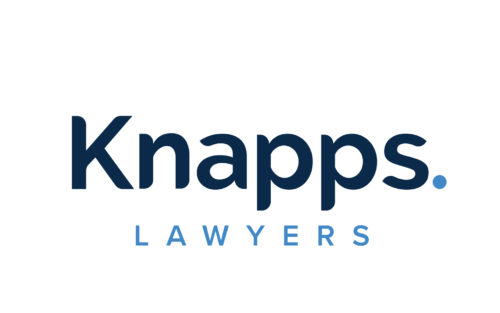
IMPORTANT ANNOUNCEMENT
The partnership of Knapps Lawyers was dissolved on 1 May 2023 and is no longer operating as a practicing law firm. However, two new law firms have been formed out of the dissolution and all staff have transferred to one of the two new firms.
This means no one you have been dealing with has disappeared and all your documents are easily accessible and safe.
Below are the contact details and a list of legal personnel associated with each new firm. To get in contact please either phone or email the contact details below, or alternatively, click on the logo for each firm and you will be taken directly to the relevant website.
Atkinson Crehan Law Limited
Directors
Amanda Crehan, Jacintha Atkinson-Manson
Consultants
Hamish Kennedy, Nick Moore, Merv Huston
Associate
Marie Austin
Legal Executives
Alison Macbeth, Christine Allison, Kirsty Goodall.
Legal Clerks
Sarah Clements, Berny Chamberlain, Jo McNabb
Richmond: 03 543 8600
Motueka: 03 528 0005
Nelson: 03 543 8600
W: atkinsoncrehan.co.nz
E: enquiry@atkinsoncrehan.co.nz
Client Legal Solutions Limited
Directors
Gerard Praat, Gary Stocker
Consultant
Ian Turner
Solicitors
Michael Stocker, Louise Walsh, Kelly Hymers, Hannah McMullan, Max Palzer
Legal Executives
Bronwyn Lane, Sara Clelland, Shelley Conlon.
P: +64 3 548 2269
F: +64 548 4534
W: clientlegalsolutions.co.nz
E: chatwithus@clientlegal.co.nz